Thomas Albdorf: Parts of the Whole
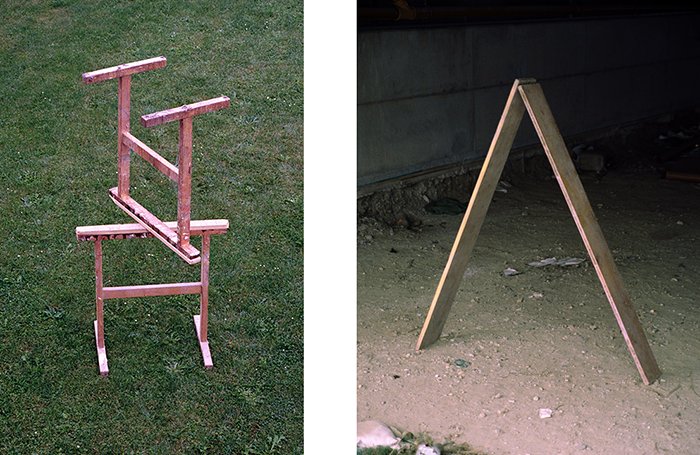
from the series Actualities
It is perhaps a commonplace notion, though in truth a relatively useful one, to say that the near omnipresence of photography in our lives has freed artists to reconsider the very terms by which it operates and to question the sort of roles that the medium had formerly been consigned to, while at the same time reaffirming some of the fundamental possibilities that might otherwise have been lost in this supposed flood of imagery. Such an opportunity stems in part from the fact that those uses of the medium once considered so definitive have largely been transferred to the intangible spaces of digital media. Consequently, much contemporary practice is engaged with the conceptual parameters of photography as a representational process, while continuing to push toward its limits and contradictions. Among the clearest responses to this abrupt dematerialisation of the photographic process has been, essentially, a sculptural one and the work of Thomas Albdorf certainly fits this rubric, though it is not by any means the sum of his concerns.
A key strategy for his work is a sort of assemblage or temporary installation that exists for the sole purpose of being photographed, either in the studio or as part of a carefully orchestrated dialogue with a certain location, astutely utilising the different textures of each setting. But, if the status of this material as “sculpture” is not wholly incidental, it is also, and perhaps more importantly, a provocation to consider (or to disorder) the logic of photographic space. Albdorf takes these forms as a way of considering the fundamental qualities of the photograph, which must be understood as a highly codified visual arrangement, however transparent it might seem; this capacity of the medium to disappear is paradoxically made visible by his interrogation of photographic space. The aim is not merely a formal one, however and certainly not a reductive concern with photography in itself, but rather to understand the medium as a form of representation having a diverse range of potential uses and an economy of meaning that can trade on those conditions determined to be essentially photographic.
There is also a seamless integration of how Albdorf manages the relative effects of digital manipulation and the spatial arrangement of his sculptural elements; he suggests a distinct correlation of the degree to which each can be thought of as being malleable. This is essentially ‘sculpting’ photographic space so that the photograph itself becomes an arena for the resolution of these material conflicts and not just a passive document. He has assembled a whole set of gestures intended to break ‘photography’ up into its basic elements, most notably how it evinces a particular kind of visual reality, the defining characteristic of which is, of course, to appear as an inevitable consequence of human vision. But what we see is never merely that; representation can be thought of as productive in so far as it does not stand above or apart from its ostensible subject – it is, in fact, a whole complex of forces, both perceptual and social, that “make” the world in which we live. To understand representation, then, is to understand how those forces are fundamentally constituted.
However disparate these works may initially appear, concerned as they are with various sorts of photographic production, the sum of what Albdorf has created is a study of the medium that can grapple with its diverse and often contradictory uses. As photography does not submit to a unified aesthetic identity, any response to the sort of questions being asked here will necessarily have to contend with that characteristic evasiveness. If assuming that he is solely engaged with the investigation of photography as such is perhaps to define Albdorf’s work too narrowly – and indeed to misunderstand the wider consequences of photographic representation – reading across his various projects, it seems instead that they are a sustained effort to build a composite image of photography as a means of making the world visible, with each advance being a part of the whole. Albdorf’s diverse approach is ideally situated to untangle the mesh of possibilities that make photography what it is – and which, in turn, determine how it is used.
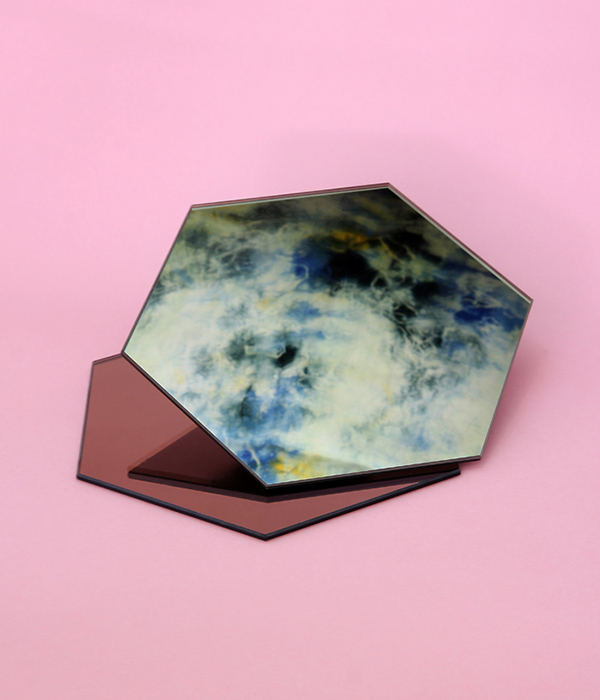
from the series Still Life / Vanitas
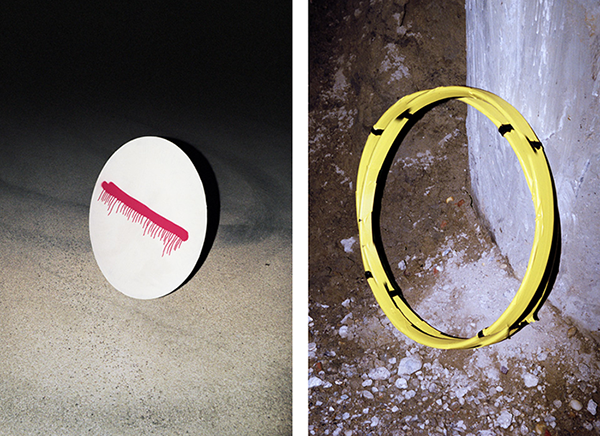
from the series Former Writer
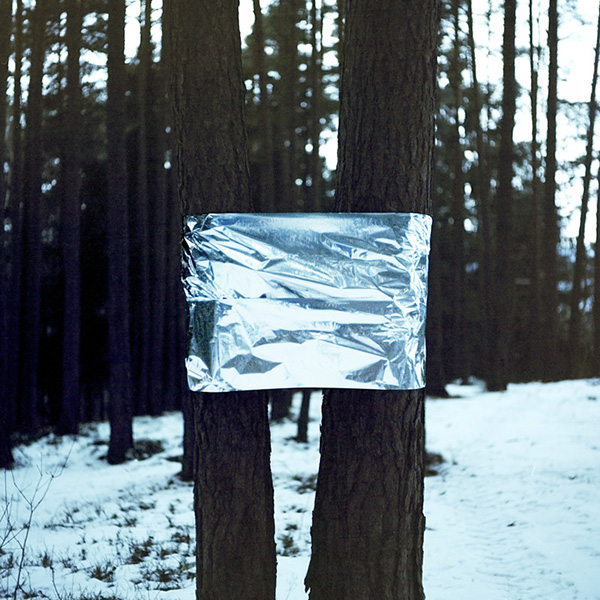
from the series Soft & Lucent
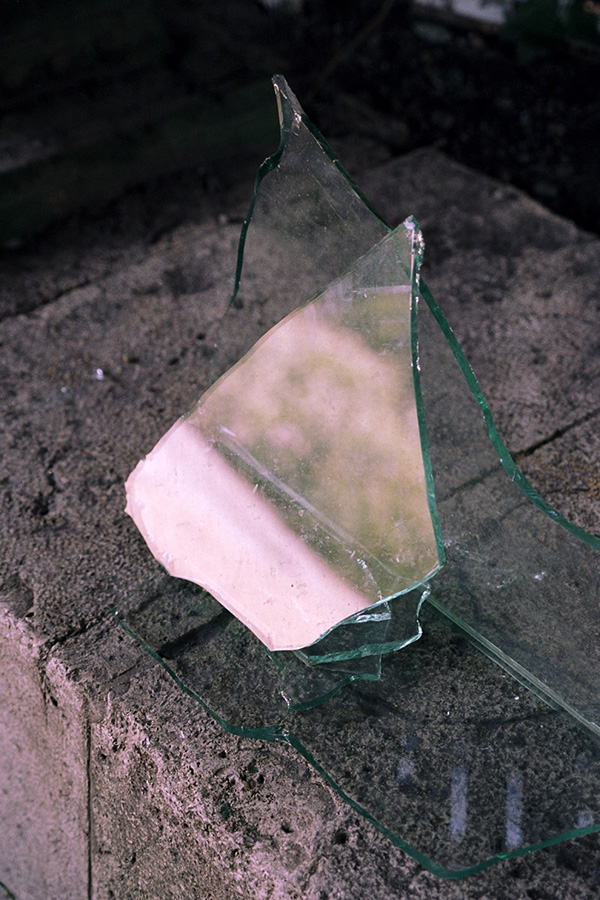
from the series Actualities
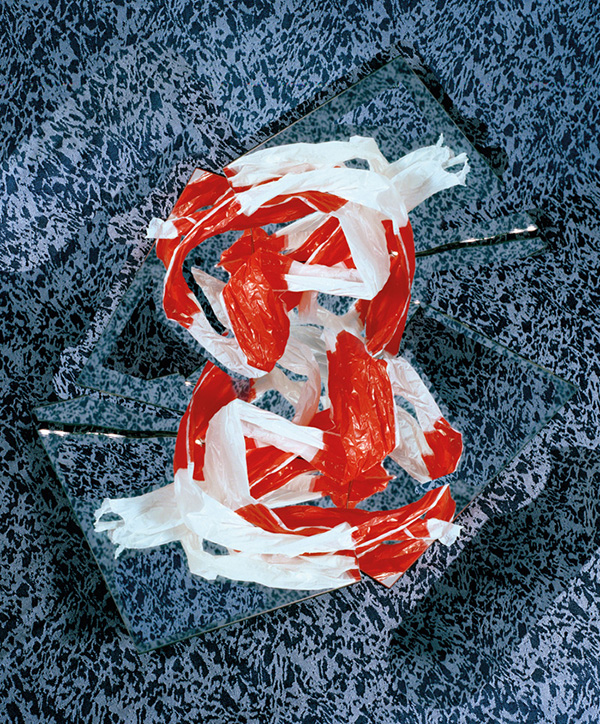
from the series Still Life / Vanitas
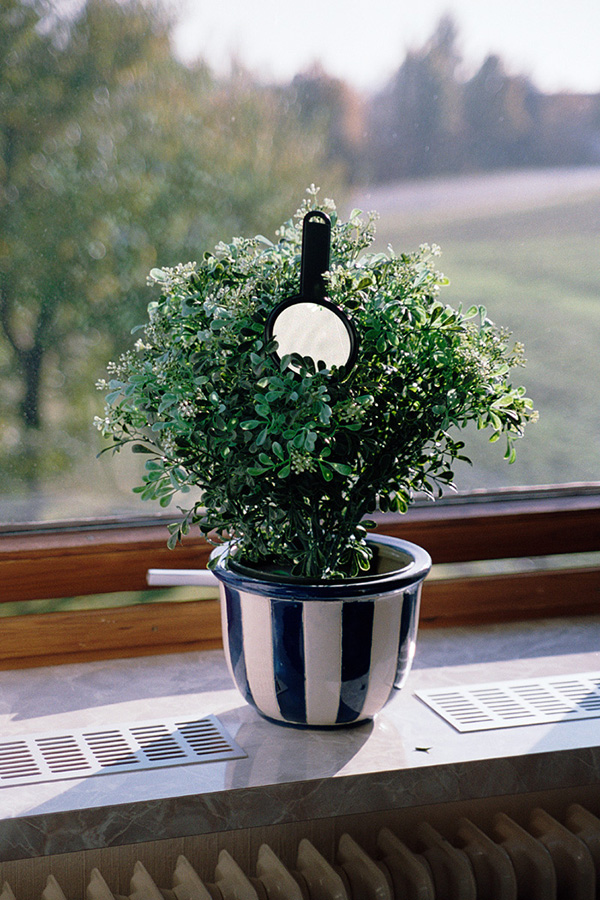
from the series Actualities
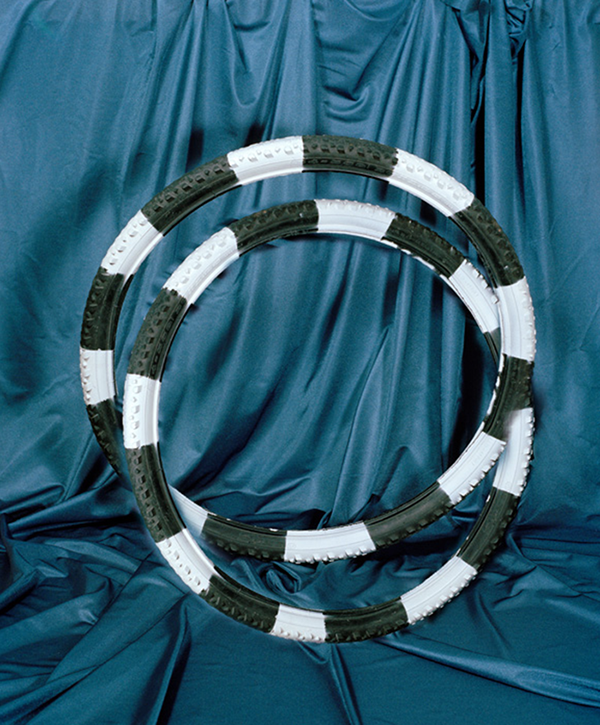
from the series Former Writer
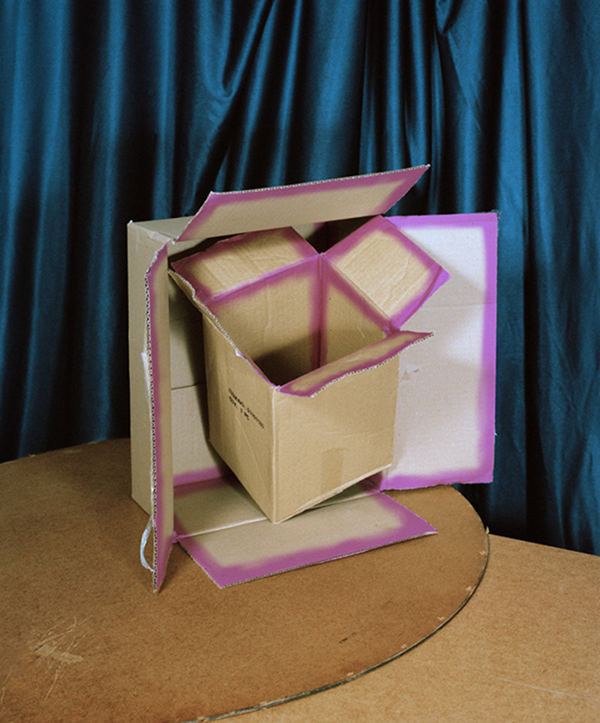
from the series Former Writer
